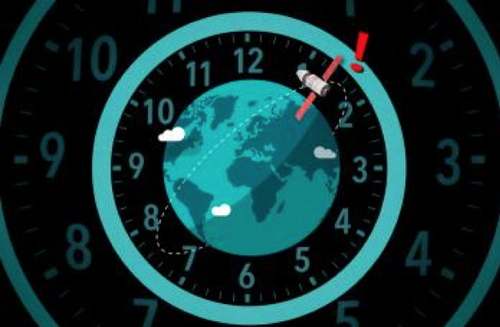Finds Hidden Warnings in Measurements Collected over Time

When you’re responsible for a multimillion-dollar satellite hurtling through space at thousands of miles per hour, you want to be sure it’s running smoothly. And time series can help.
A time series is simply a record of a measurement taken repeatedly over time. It can keep track of a system’s long-term trends and short-term blips. Examples include the infamous Covid-19 curve of new daily cases and the Keeling curve that has tracked atmospheric carbon dioxide concentrations since 1958. In the age of big data, “time series are collected all over the place, from satellites to turbines,” says Kalyan Veeramachaneni. “All that machinery has sensors that collect these time series about how they’re functioning.”
But analyzing those time series, and flagging anomalous data points in them, can be tricky. Data can be noisy. If a satellite operator sees a string of high temperature readings, how do they know whether it’s a harmless fluctuation or a sign that the satellite is about to overheat?
That’s a problem Veeramachaneni, who leads the Data-to-AI group in MIT’s Laboratory for Information and Decision Systems, hopes to solve. The group has developed a new, deep-learning-based method of flagging anomalies in time series data. Their approach, called TadGAN, outperformed competing methods and could help operators detect and respond to major changes in a range of high-value systems, from a satellite flying through space to a computer server farm buzzing in a basement.
For more, please click here.

Dr. Kalyan Veeramachaneni
